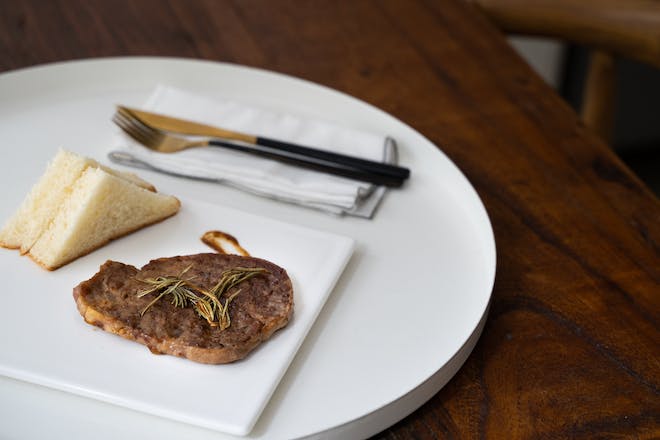Reverse Sear Steak: A Culinary Technique for Perfection
When it comes to preparing the perfect steak, the reverse sear technique is a game-changer, especially for those who are aiming to achieve a uniformly cooked interior and a beautifully browned crust. This method is particularly well-suited for thicker cuts of meat that require careful cooking to prevent a gradient of doneness from edge to center.
Understanding the Reverse Sear Method
The reverse sear is a two-stage process. It begins with slowly bringing the steak up to temperature in a low oven or smoker, and finishes with a quick, high-temperature sear on a hot skillet or grill. This approach contrasts with traditional methods where the sear comes first.
Why Choose Reverse Sear?
One of the main advantages of reverse searing is control. By gently cooking the steak, you minimize the risk of overcooking while ensuring that the entire cut reaches the desired level of doneness. When you finally sear the steak, it’s only to create that delectable crust, as the interior is already cooked to perfection.
Implementing the Reverse Sear Technique
Before you begin, remove your steak from the refrigerator and let it sit at room temperature for about 30 minutes. This step is crucial for even cooking.
Step 1: Slow Cooking
Preheat your oven to a low setting, around 225°F (107°C). Season your steak generously with salt and pepper or your favorite steak seasoning. Place the steak on a wire rack over a baking sheet and insert a meat thermometer into the thickest part of the steak. Cook until the steak is approximately 10-15°F (5-8°C) below your desired final temperature.
Step 2: The Perfect Sear
Once your steak is nearly at the target temperature, preheat a cast-iron skillet over high heat. You want the pan to be extremely hot to achieve a quick and effective sear. Add a high-smoke-point oil to the skillet and then place your steak in it. Sear each side for about 1-2 minutes, or until a deep brown crust forms.
After searing, let the steak rest for about 10 minutes to allow the juices to redistribute. This ensures a moist and tender bite.
Tips and Tricks for the Best Reverse Sear Steak
Selecting the Right Cut
Thicker cuts of steak, at least 1.5 inches thick, are best for reverse searing. Ribeye, porterhouse, and New York strip are excellent choices.
Seasoning Matters
Don’t be shy with the seasoning. A good crust needs ample salt and pepper. For added flavor, consider garlic powder, onion powder, or a touch of smoked paprika.
Monitoring Temperature
Using a meat thermometer is non-negotiable. Precise temperature control is what makes the reverse sear method so effective and reliable.
By following these steps, you’ll transform a simple steak into a restaurant-quality meal. Embrace the reverse sear method and say goodbye to uneven cooking and hello to steakhouse-level results right in your own kitchen.
